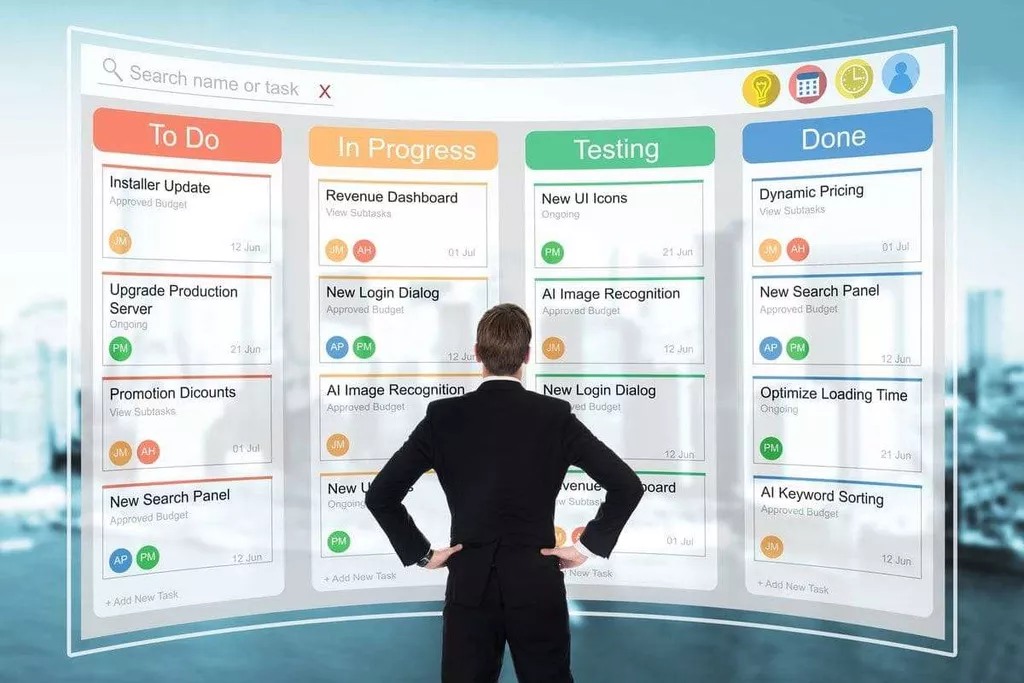Best of all, teams at this stage will largely be able to manage themselves, resolve their own conflicts and act collectively, as a whole. You may even be able to turn over some of the day-to-day leadership to a team member. The principal work for the team during the Forming stage is to create a team with clear structure, goals, direction and roles so that members begin to build trust.

The forming stage is truly a honeymoon phase in teamwork—productivity is low, but the team members are too newly acquainted to encounter conflict. If teams get through the storming four phases of team development stage, conflict is resolved and some degree of unity emerges. In the norming stage, consensus develops around who the leader or leaders are, and individual member’s roles.
What is Team Development?
Consequently, when a problem or issue arises, the team will find it easier to decide who is in charge of what and what to do. The storming stage is the most troublesome and critical stage to go through. It is a period set apart by struggle and competition as individual characters arise. Group execution may diminish in this stage since energy is placed into useless exercises.
Officer Training School embarks on ‘OTS-Victory’ – Space Force
Officer Training School embarks on ‘OTS-Victory’.
Posted: Wed, 11 Oct 2023 16:27:48 GMT [source]
Annoyance, frustration, and anxiety commonly arise in response. As a team lead, it’s your goal to get your team to this stage as quickly as possible. We discuss more about how to get your team to this point below. In this stage, team members are in the process of learning how to work together.
Learning Outcomes
As team members begin collaborating, conflicts may arise, whether that’s from clashing personalities or opinions on how a project should progress. Without a clear understanding of what role each individual plays on the team, relationships can get tumultuous as team members struggle to find a role that’s right for them. This paper became the groundwork for the stages of group development. Tuckman’s foundation helps team leaders understand how team dynamics change as a project progresses. By understanding the five stages of group development, you can support your team as they’re getting to know one another to quickly enable collaboration and effective teamwork.
- We discuss more about how to get your team to this point below.
- Without a clear understanding of what role each individual plays on the team, relationships can get tumultuous as team members struggle to find a role that’s right for them.
- It’s upon reaching this stage that a team can become high performing.
- The adjourning stage occurs when the goals have been achieved or the project completed.
- At this stage, members often begin to question the wisdom of the project at hand or even the purpose of the team itself.
Whatever the name or type may be, every team starts somewhere. And its success or failure very much hinges on the knowledge and skill of its leadership. When leaders allow teams to form and develop with unrealistic https://www.globalcloudteam.com/ expectations or too little oversight, bad things can happen. Conversely, when leaders recognize that every team needs some time and TLC to grow into a functional unit, good things tend to follow.
How to Measure Training Effectiveness?
Bruce Tuckman, a professor of educational psychology at Ohio State who researched the psychology of group dynamics, developed his stages of team development theory in the 1960s. Deborah Mackin is founder and president of New Directions Consulting, Inc. and author of teambuilding books, including the 2nd edition of the Team Building Tool Kit (Fall, 2007). As an international consultant and trainer for 20+ years, Deborah is a widely recognized authority on teams, quality service, productivity, and leadership. Ironically, every time a member is added to the team, the team reverts back to the Forming Stage and goes through the development stages again. Tuckman first outlined the Development Wheel in 1965; it continues to be an appropriate way to describe team development today. You want your employees to function as a team, but you also need to remember that they are individuals with unique backgrounds.
This, however, does not occur by itself; it evolves as the team collaborates. It is more crucial than ever to bring your employees together as a productive team. To do so; they must go through the many stages of team development.
Norming stage
They simplify the sequence and group the forming-storming-norming stages together as the “transforming” phase, which they equate with the initial performance level. This is then followed by a “performing” phase that leads to a new performance level which they call the “reforming” phase. The team meets and learns about the opportunities and challenges, and then agrees on goals and begins to tackle the tasks. They may be motivated but are usually relatively uninformed of the issues and objectives of the team.
Chris asks each team member if they’ve attended annual safety training in the past. If they didn’t, she asks them to honestly describe why they chose not to attend. LRI provides its clients with an exclusive Client Member Area, which contains tools used by LRI consultants to strengthen teams and organizations. These tools range from PDF worksheets to video courses and supplemental training materials.
Help your team reach their goals with strong leadership
Knowing what to expect at each step allows you to anticipate what can transpire next, better assist your coworkers, and ensure complete alignment on all moving pieces. In this stage of group development, individual members are just getting to know each other and don’t have a group process yet. As a result, they’re unsure of how they’ll interact together. At this stage, the group isn’t very productive, as they’re still getting acclimated and figuring out the role that each person will play on the team.

Whether through training, group initiative, or innovative leadership, team learning is an action step that ensures healthy team development. During the “forming” stage of team development, the team members acquaint themselves with the basic aspects of their task. Forming stage discussion topics often include the project goal, team member roles, basic ground rules, and designation of authority.
Forming Stage
If your team has ever thrashed about like this, then you know what “storming” is. The forming-storming-norming-performing cycle repeats more often than you might think. No matter what type of team you’re forming, you probably shouldn’t expect its members to instantly bond and quickly reach the level of a high-performing team.
